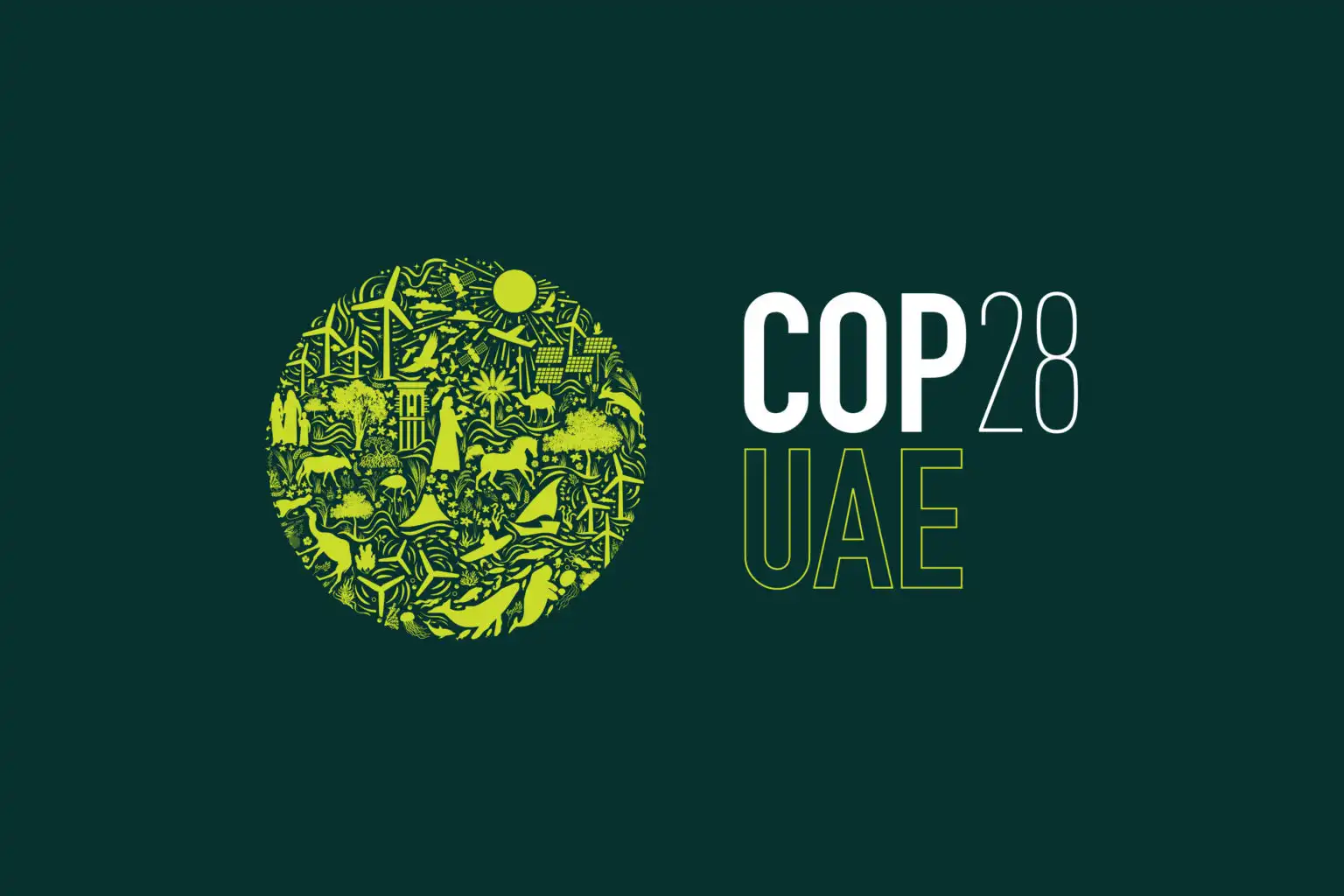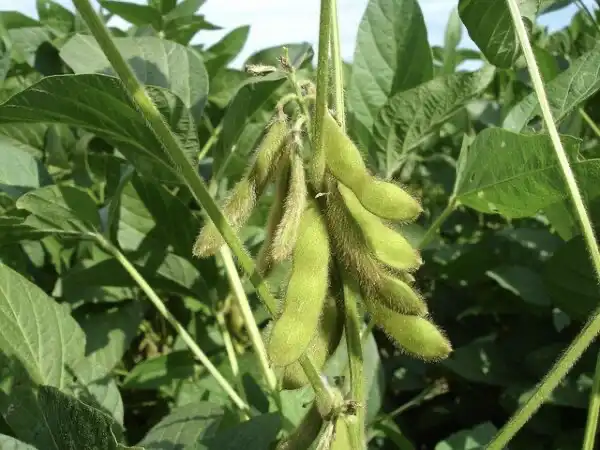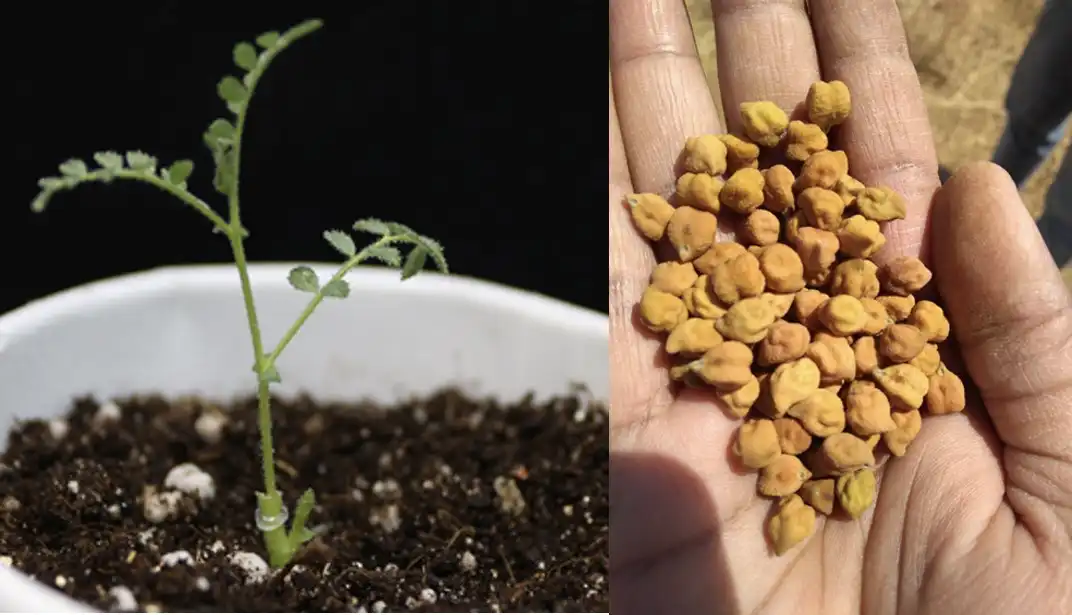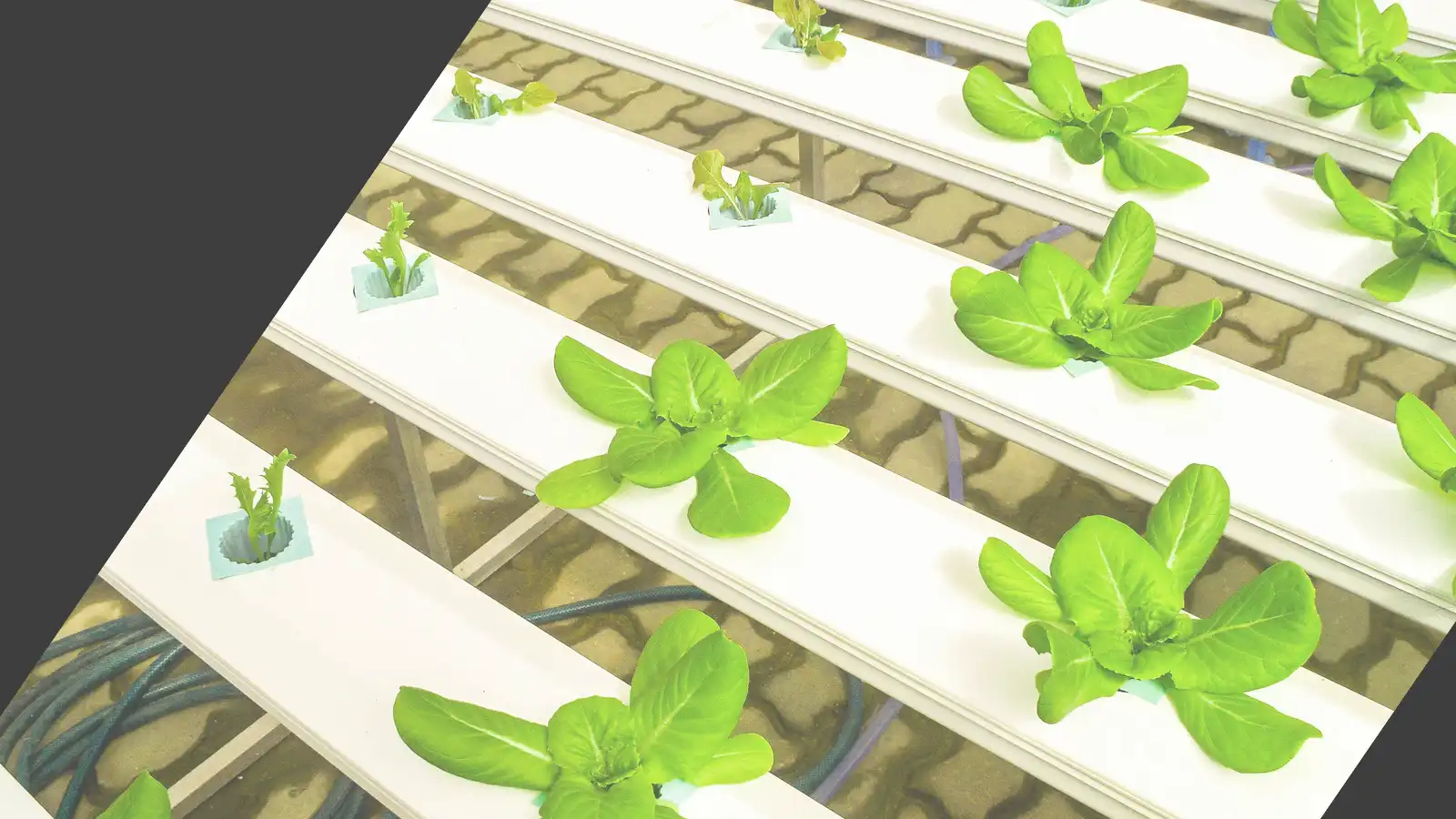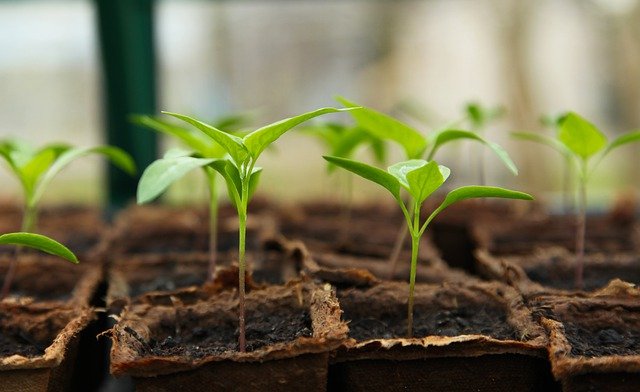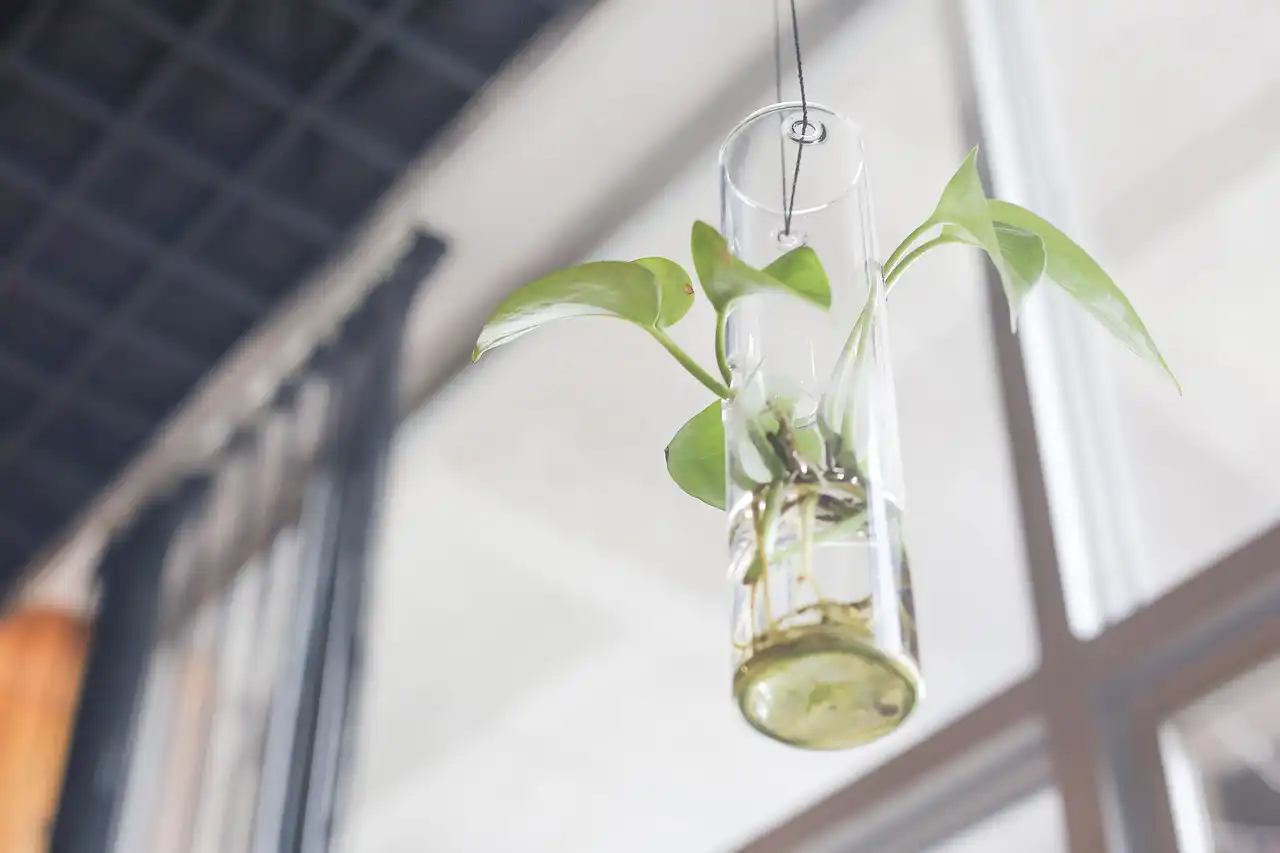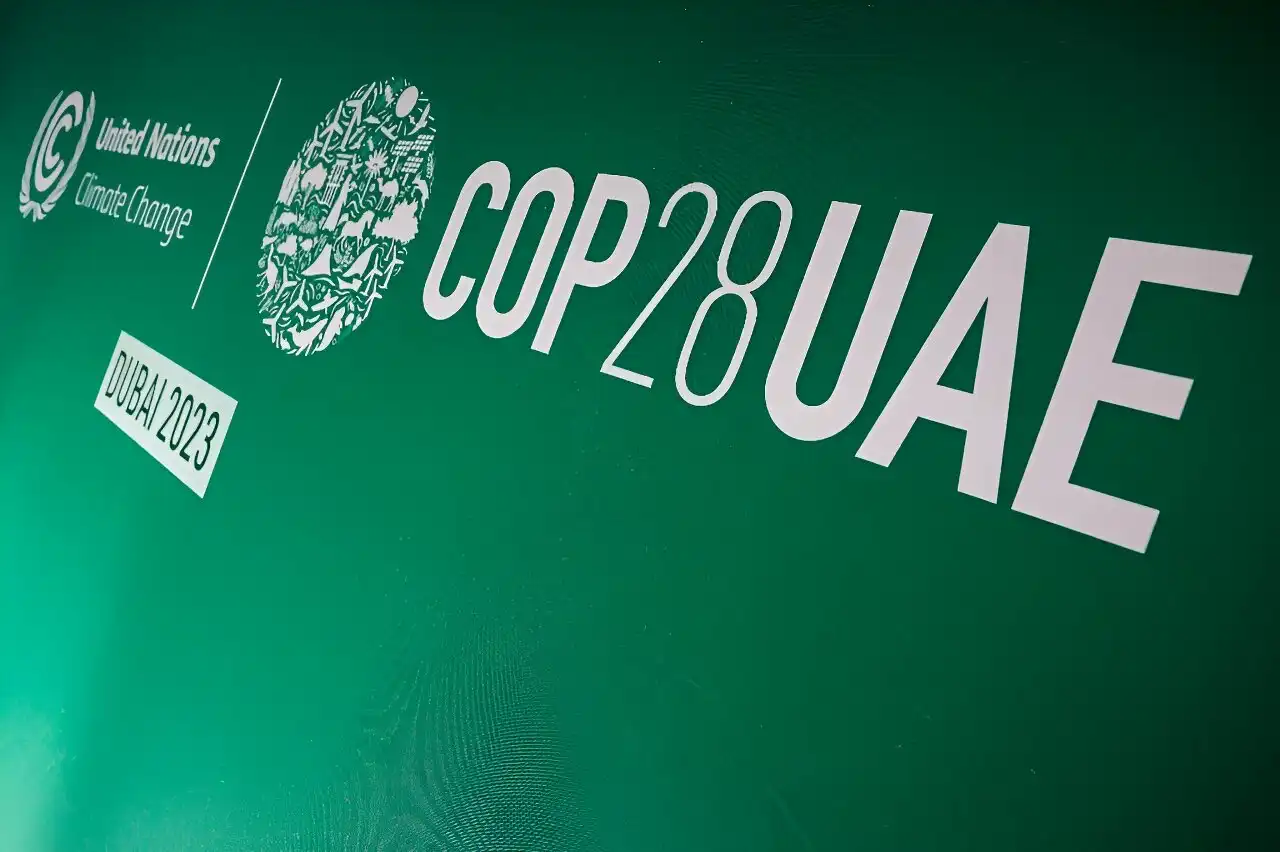
COP28 in Dubai marks a pivotal moment in human history as unprecedented environmental challenges demand urgent collective action. Key focuses include the critical transition from fossil fuels to renewable energy, the operationalization of climate funds for vulnerable nations, addressing the…
Read More


